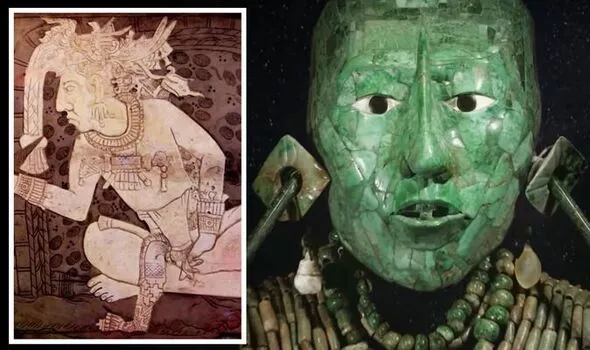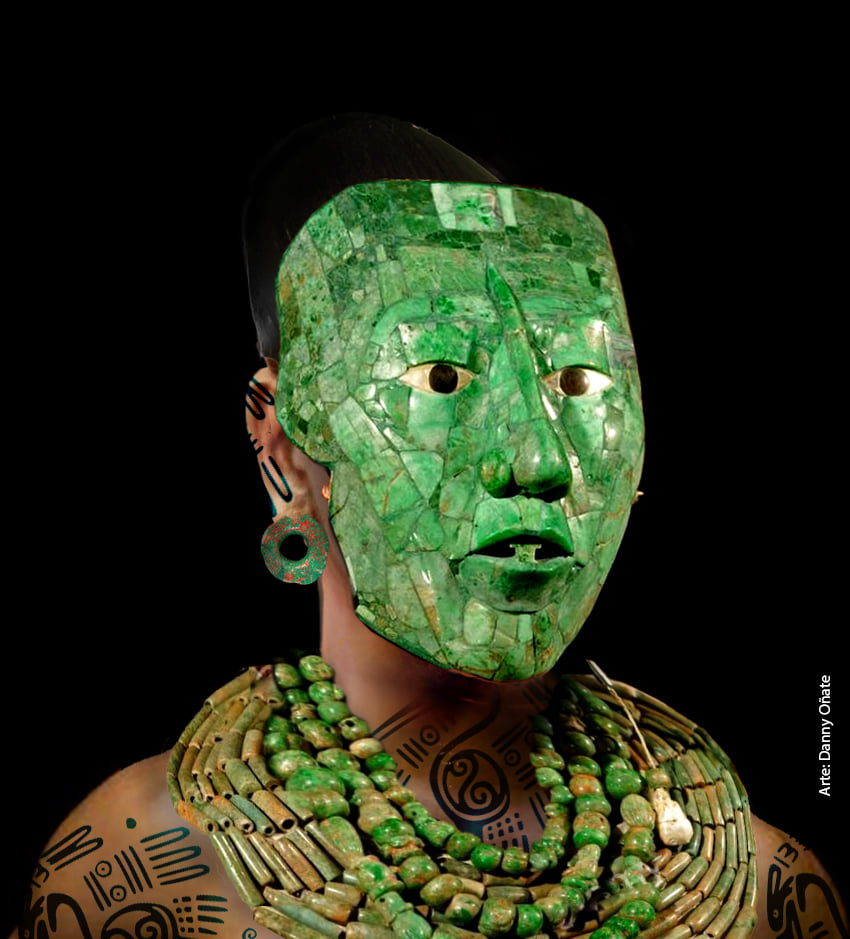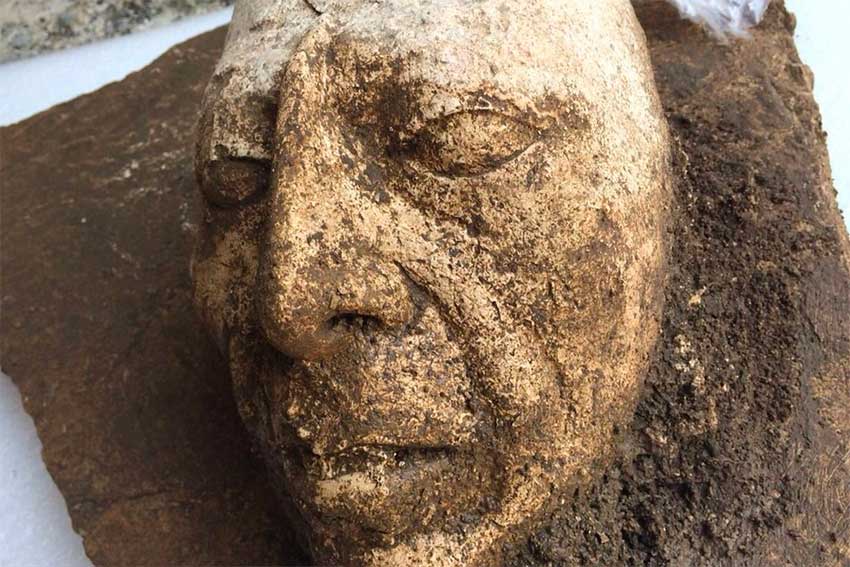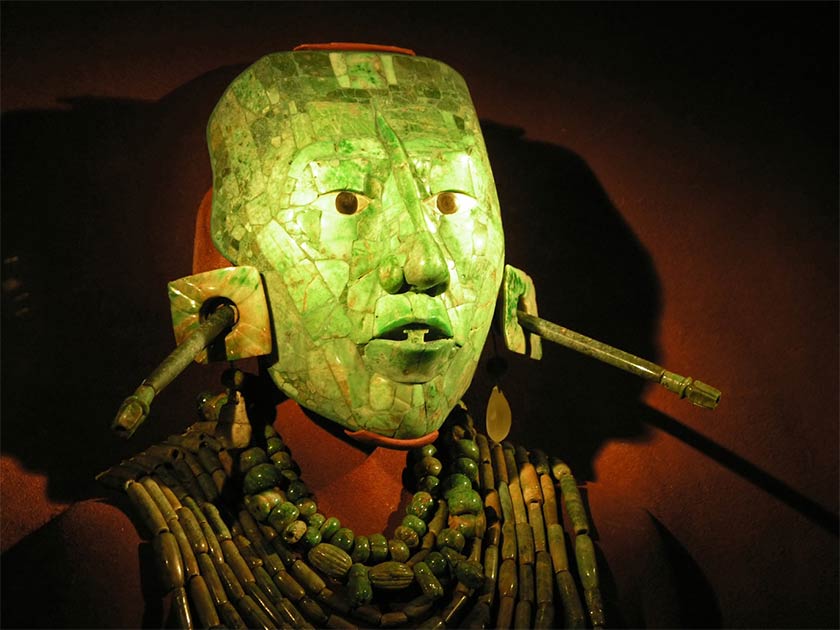The Maya civilization, with its iconic pyramids, intricate writing, and rich culture, has long fascinated scholars and the public. Within this ancient Mesoamerican society, one figure stands out as a legendary ruler – Pakal the Great, the 7th-century ajaw (king) of Palenque. In 1952, an extraordinary archaeological find in Palenque’s Temple of Inscriptions uncovered Pakal’s intricately carved jade death mask, shedding new light on this influential and long-reigning Maya ruler. The discovery of this stunning funerary artifact captivated the world and sparked deeper exploration of Pakal’s life, reign, and enduring legacy.
From Unlikely Beginnings to Legendary Status

Pakal’s ascent to power was anything but certain. He assumed the throne at just 12 years old, inheriting a kingdom in a state of chaos and devastation. Palenque had been the victim of repeated, catastrophic sieges by the rival Maya state of Kaan, leading to the massacre of its citizens and the death of its previous ruler. When Pakal took the reins, most of Palenque’s grand buildings had been reduced to rubble, and the threat of famine loomed over the city.
Given these immense challenges and responsibilities at such a young age, it is remarkable that Pakal not only persevered but also rose to become one of the most revered leaders in Maya history. With the guidance of his regent mother, Lady Sak K’uk, the young king gradually learned the intricacies of Maya leadership and began to rebuild his kingdom.
Vanquishing Rivals and Solidifying Power

As word of Palenque’s resurgence under Pakal’s rule began to spread across the Maya world, the kingdom of Kaan once again sought to destroy it. The Kaan kingdom dispatched a massive army to crush Palenque forever. However, Pakal proved himself a shrewd military strategist, raising his own army and launching a preemptive strike against the Kaan outposts. The resulting battle was fierce, but Palenque emerged victorious, capturing several enemy lords.
Pakal ordered these captives to be sacrificed to the god K’awiil, a deity associated with serpents, lightning, and maize. This public display of power served as a warning to Palenque’s enemies, and the city was never again directly attacked or besieged during Pakal’s lifetime. The king’s reign, although not entirely free of conflict, was marked by a period of relative peace and stability that allowed Palenque to flourish.
The Lasting Legacy of Pakal the Great

Pakal the Great lived to the remarkable age of 80 and ruled Palenque for an astounding 68 years, one of the longest reigns in human history. Over a thousand years after his death, the striking jade death mask found in his sarcophagus continues to captivate and intrigue scholars and the public alike.
The mask, now on display at the National Museum of Anthropology in Mexico City, serves as a tangible link to this legendary Maya ruler. It is a testament to the enduring power and influence of Pakal the Great, whose life and legacy have left an indelible mark on the history of the Maya civilization.
The discovery of Pakal the Great’s jade death mask in 1952 was a transformative moment in our understanding of the Maya world. This intricate and beautifully crafted artifact not only revealed the identity of one of the most powerful Maya rulers but also provided a window into the rich cultural and religious traditions of this ancient civilization.

Pakal’s story is one of remarkable resilience, military prowess, and long-lasting influence. From his unlikely ascension to the throne at a young age to his successful defense of Palenque against its rivals, Pakal’s reign was marked by a determination and vision that would cement his legacy as a legendary figure in Maya history.
The enduring allure of Pakal’s jade death mask, now on display for all to see, is a testament to the enduring power of ancient artifacts to captivate and inspire us. It is a reminder of the profound insights we can gain from delving into the mysteries of the past and uncovering the stories of the remarkable individuals who shaped the course of human history.